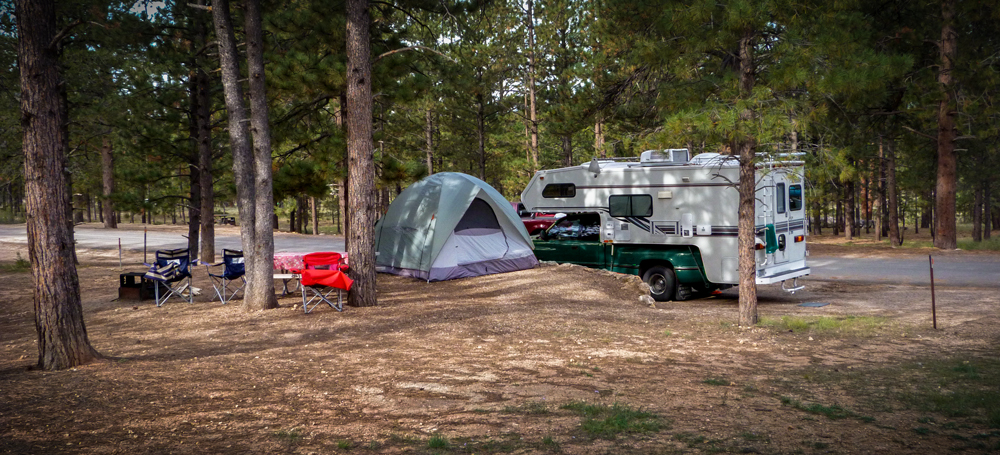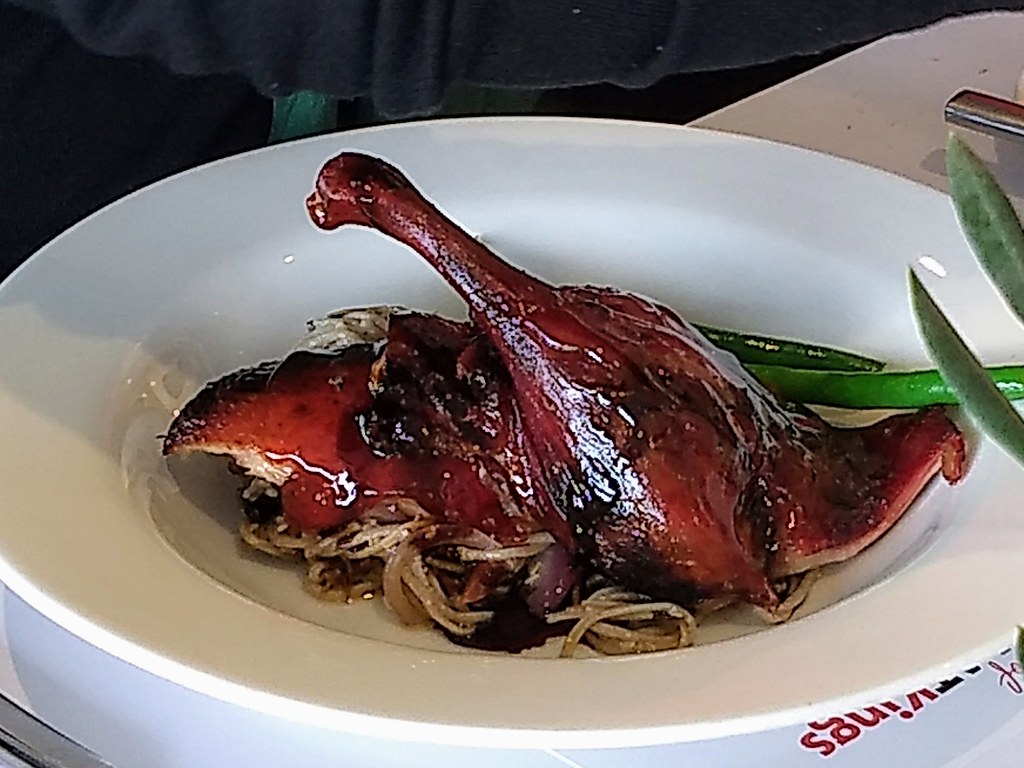 |
| Colonel William Light |
Wednesday December 13: Left our camp at 6.00 am and travelled nearly in a NE direction over high, undulating ground of rich soil for about six miles when we came to some parts rather boggy. On descending into a beautiful little plain we met with plenty of fresh water. Stopped about 9.30 am at a small river running in a tortuous form from the eastward ... At length, about 5.00 pm, we came to a beautiful valley which I named Lynedoch Vale after my much esteemed friend, Lord Lynedoch.
The history of the Barossa Valley is fascinating and can be bound to the fortunes and enterprise of one particular man, George Fife Angas. Angas was a merchant, banker, landowner and philanthropist. He initially became interested in Australia through his correspondence with Lieutenant-Governor Arthur in Van Diemen’s Land, Captain Irwin in Western Australia, and through Baptist missionaries, of whose church he was a member. In 1832, he joined the committee of the South Australian Land Company to promote systematic colonization rather than the founding of colonies based upon transportation. The initial proposals for settlement in South Australia were refused by the Colonial Secretary. However, Wakefield, Garth and Torrens persisted and success was finally realized with the establishment of settlements on Kangaroo Island and at Adelaide. Both these colonies were only part of Angas's enterprise. His belief in systematic colonization of South Australia remained undeterred. He lobbied the Colonial Office, subsidized authors and published magazines and pamphlets to recruit settlers, amongst whom were pious dissenters and non-conformist ministers. The largest groups of devout families which he persuaded to immigrate to the new colony were the German Lutherans under the pastorship of
Kavel. The scheme for German immigration to Australia did not receive official recognition, but this did not deter Angas who personally advanced £8,000 to the German group for their migration.
 |
| German settlers in Bethany (National Gallery of Australia: JW Giles) |
The German settlers arrived and many of them became tenants on the Angas Estate at Klemzig, and later at Angaston. Angas's chief clerk was Charles Flaxman who accompanied the German immigrants to Australia. Flaxman was lavish in spending Angas's money. In one dealing he ordered seven special surveys on the Rhine and Gawler Rivers in the Barossa for £28,000. He was recalled to London where he was in debt to G. F. Angas & Co. As a result, in 1840 Angas took Flaxman's interests in the Barossa but it was not until 1848, due to ill health, that Angas decided to live in South Australia. By this time the German settlers were beginning to pay their rent. Angas was greeted warmly in South Australia and built his magnificent Georgian homestead at Lindsay Park, near Angaston. His efforts can still be seen today.
In 1838, another expedition was undertaken by Messrs Hill, Wood, Wilks and Oahahan. The following notes from Light's diary are of interest in the description of this fertile region:
March 2: Crossed over the River Para. We then directed our course to the eastward, passing over a pretty range of hill country. At 4.00 pm arrived in a valley with plenty of Kangaroo grass and a rivulet running through it. Here we encamped for the night. The valley was swarming with cockatoos, seven of which we shot. We gave it the name of Cockatoo Valley.
March 3: At 4.00 am left the valley and passed through a thick scrub; course - north east. Started a dozen Kangaroos, but did not kill one. The country much similar to that we saw the day previously-good and indifferent by turns. At 9 o'clock we arrived at Lyndvale Valley - a beautiful place, good land and plenty of grass, but no springs or running water. Saw many Kangaroos during the morning.
A letter in the Glasgow Argus of May 1891 by “one of the most active and experienced surveyors in the province' stated:
Go beyond the Mount Lofty ranges ... you have, with very insignificant breaks, a line upwards of 100 miles long of the finest land in the world ... of the six surveys taken by Mr Flaxman to the north and east of the Barossa range, being the northern limit of the stretch of country already mentioned, too much cannot be said. They lie in one block or contiguous to each other, and are of the most magnificent description.
Amongst those who were sent out to the colony by George Fife Angas in 1836 was Menge, a German geologist and mineralogist. His letter of 9 March 1840 was prophetic:
You are surprised, perhaps, that I delayed so long my reports to you respecting New Silesia (Barossa Valley) and named after the district from where the German Immigrants came.
Now, since I saw not only the Gawler but also the Para running with fresh water in the midst of the dry season, I can give you the assurance: first, that all the land on both sides of the Barossa range may be brought under irrigation and kept producing grapes all the year round and second, that New Silesia will become the first wining country in all Australia ...
Flaxman Valley abounds in opal of every colour; moreover, in onyx, chalcedony, jasper, cornelian, catseye, asbestos, etc. It abounds in white marble, in iron, copper and tin.
The German settlers flourished and the vision of the Barossa Valley as a Garden of Eden became a reality. The Germans settled in village-type groupings and nowhere in South Australia are the hamlet and village settlements so numerous and so delineated. The persistence of Germanic customs is shown paradoxically in the tremendous ardour of their religious differences. Initially, settlements clustered around the church, but doctrinal schisms created new churches and therefore new settlements.
Until the First World War, German was the language of the Valley. With its disappearance went many relics of German culture which had long differentiated the Barossa society from its Anglo-Australian neighbours. The Lutheran Church remains as the only real tie of Deutschtum, and this is mainly in the support of schools and maintaining the corporateness of individual settlements.
Until the First World War, German was the language of the Valley. With its disappearance went many relics of German culture which had long differentiated the Barossa society from its Anglo-Australian neighbours. The Lutheran Church remains as the only real tie of Deutschtum, and this is mainly in the support of schools and maintaining the corporateness of individual settlements.
From: 'The Barossa Valley' by Nola Totham. Macmillan. 1978. Golden Fleece Regional Series.
























